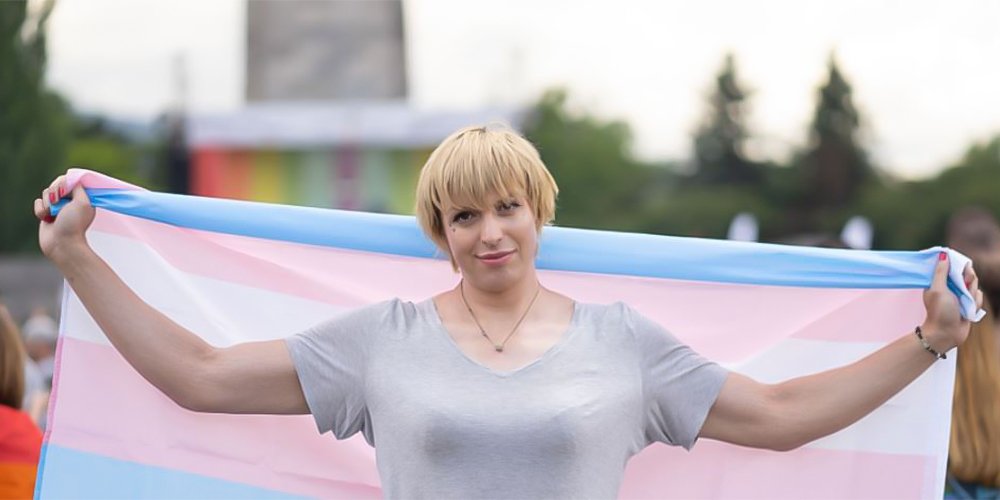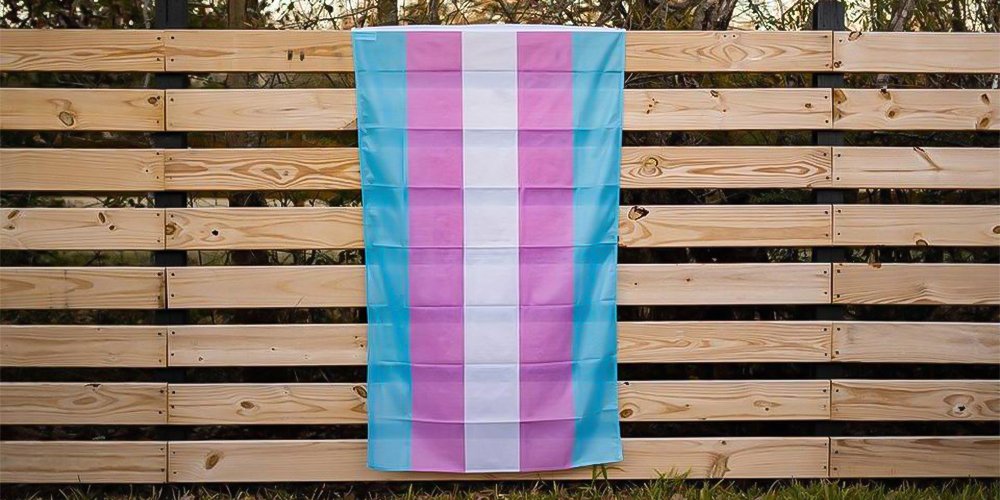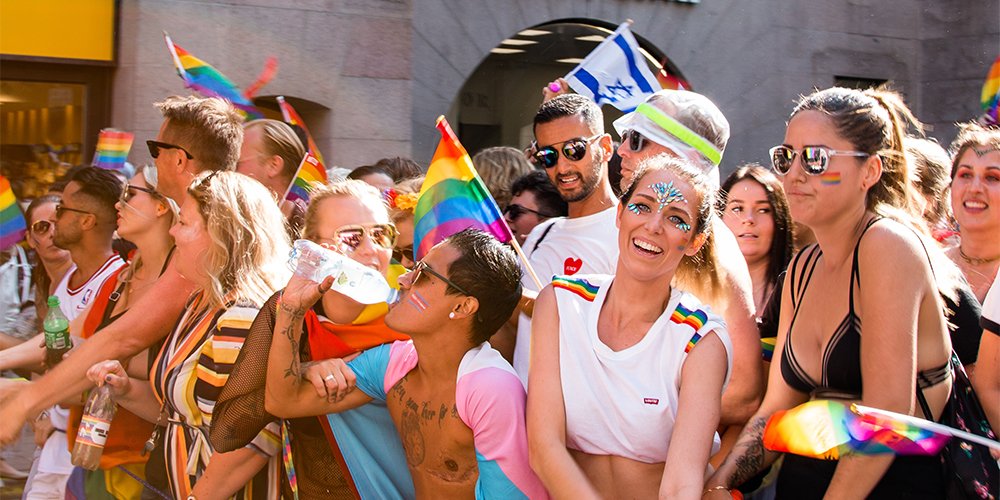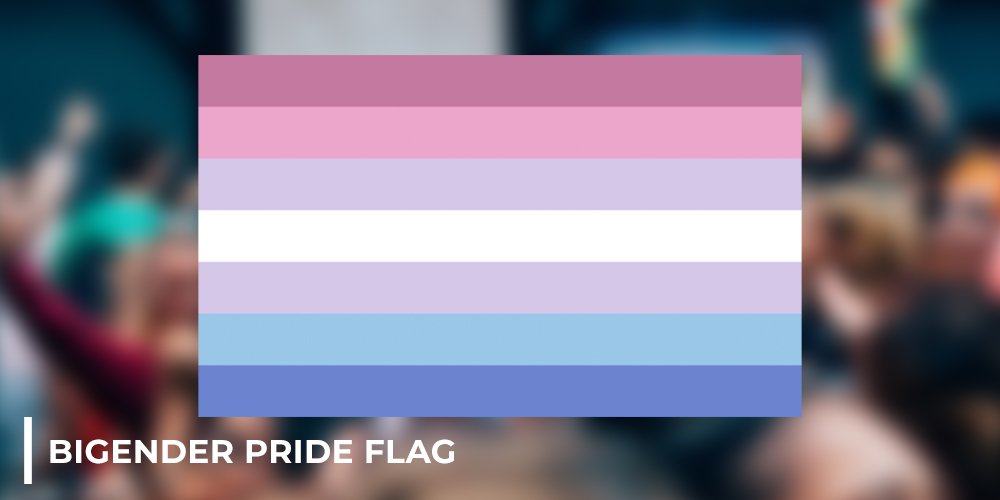The bigender pride flag has come to the attention of many people. Many of them are concerned about what is bigender pride flag is, what does it represent, what is bigender and so many more questions. Modern society has become more open and willing to talk about these matters. The people show wiliness to accept the different parts of the society and to be more knowledgeable on these topics. So let’s get to know about the bigender flag, Its variations, the origin of these variations and so much more.
Table of Contents
What is bigender?

Bigender or commonly known as dual-gender is a gender identity that includes any two gender identities and behaviors. They can feel both genders at the same time or be fluid between them, and in that case, they would be identified as gender fluid. Bigender people can experience any two genders including binary and non–binary genders.
And when talking about bigender we should also understand the topics such as gender orientation, sexual identity, a person’s feelings, and expressions, etc. Normally person’s gender is chosen at birth by the biological physical features of a person. Either the person can be a male or female. But with the passing time if the person is bigender he or she may understand that their gender identity can be different from their physical features. It’s always about understanding your own self.
In the present society, people tend to understand their needs more quickly. They have come forward identifying themselves according to who they represent.
Also read: What is a femboy? Let’s figure out the true reality!
What does the bigender flag mean?
With the passing of time, people have come forward with their different ideas and built up a strong community with people on the gender spectrum. They support each other and work for their place in society by raising awareness. This may have led to the origination of bigender flags. It helps bi-gender people to be recognized and be active members of society.
There are a few bigender flags we should know about. It depends according to the representation of the bi-gender people.
Bigender people don’t have to experience both genders in equal amounts. One or both genders can be fluid or fluctuating. In that case, they are identified as bigenderflux.
Let’s see the meanings of the color codings of the bigender pride flag.

Pink – Represents feminity and female gender expression.
Yellow – Represents gender outside the binary of men and women.
White – Represents those who embrace more than one gender.
Purple – Represents the fluidity between genders.
Blue – Represents masculinity and male gender expression.
And also people who experience more than two genders can be known as trigender, qua gender and polygender or multi-gender, etc.
Also read: What are femboy hooters?
History of the bigender pride flag
With the time when people came forward and represented themselves in society. There was a whole community that was building up to support them. At the same time, they started making flags and symbols to represent their place in society.
The bigender pride flag was made by J.J Poole in 2012.
This flag is slightly different from the present-day bigender pride flag. It contained pink for femininity, white for all genders, purple for both masculinity and femininity, black for lack of gender, and blue for masculinity horizontal strips.
Variations of the gender spectrum.

When it comes to the gender spectrum it’s not only bigender people. You can identify a lot of people expressing various gender identities.
Here are some of them.
- Transgender – A person whose gender identity is different from the gender assigned at birth.
- Intersex – A person whose gender identity doesn’t specifically fit either of the categories of “male” or “female”.
- Bisexual – A person who has sexual attraction towards both the genders of male and female.
- Pansexual – A person who has sexual attraction towards people of any gender identity.
- Nonbinary – A person who has a gender identity that does not fall under either the categories of male or female.
- Asexual – A person who doesn’t have a sexual attraction to any of the other genders.
- Genderfluid – A person who experiences a change in their gender identity from time to time.
- Agender – A person who is considered to not have a gender.
- Genderqueer – A person who doesn’t follow binary gender norms.
- Lesbian – A woman who has sexual attraction to other women.
- Gay – A man who has sexual attraction to another man.
All of these gender identities have each of their own gender pride flag to represent their community.
Every person in society should clearly have an understanding of the gender spectrum and about their own gender orientation and gender identity.
A word at the end.
In this article, I wanted to express the facts on the Bigender pride flag, its variations, history, and also about the gender variations in society. It has become a popular topic in society these days. It’s important to have a good understanding of gender identities in society. It helps us to have a good interaction with the community we live in.




